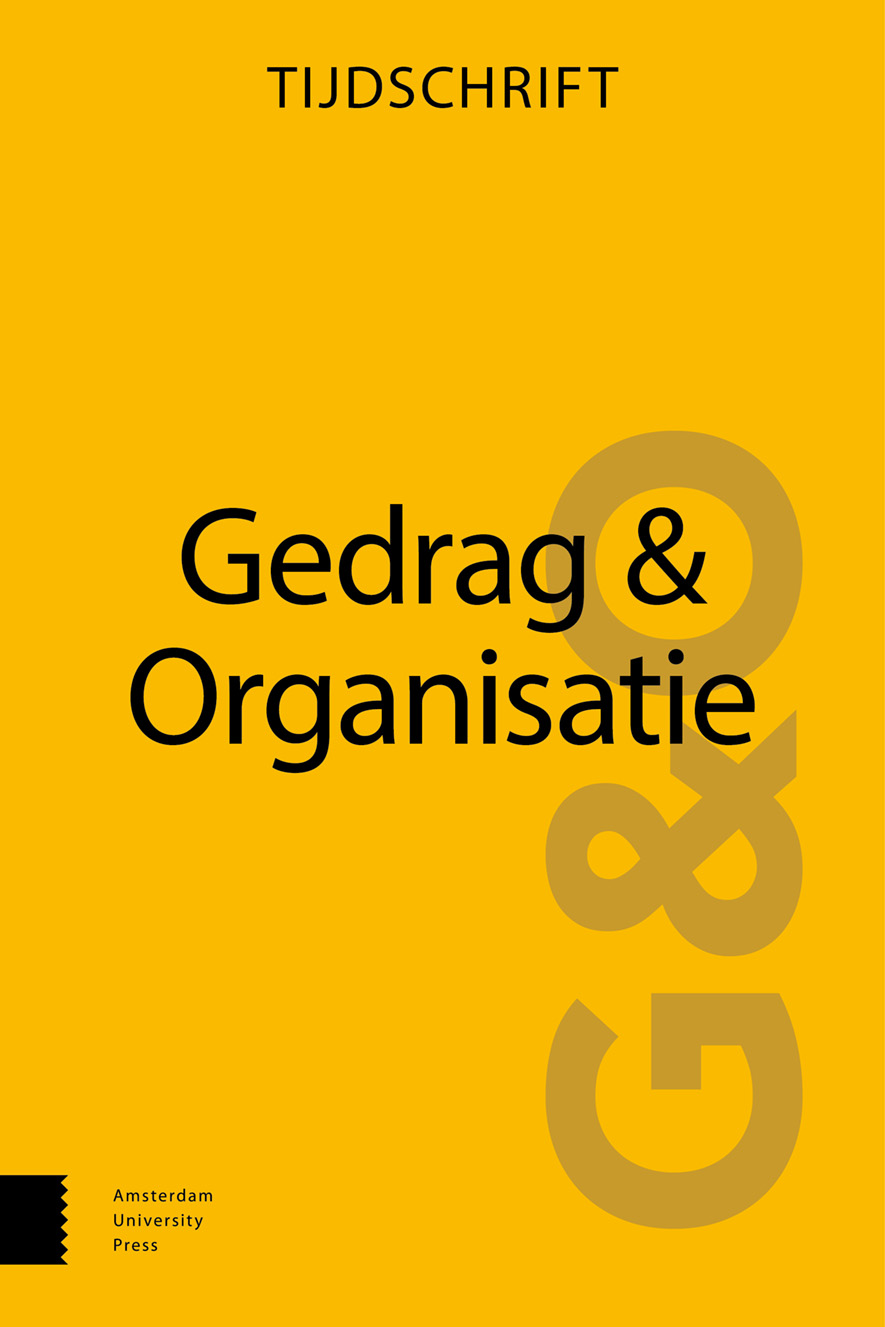
Full text loading...
We use cookies to track usage and preferences.I Understand
 , Stijn Baert2
, Stijn Baert2 & Eva Derous3
& Eva Derous3
Dit artikel vat een proefschrift samen waarin onderzocht werd wat de invloed is van een burn-outverleden op carrières. Aan de hand van vijf vignetstudies (N = 199-582) toetsten we de rol van burn-out in verschillende personeelsbeslissingen: (1) baanvoorkeuren, (2) selectie van personeel op niveau, (3) promotie, (4) ontslag en (5) selectie van personeel onder niveau. We vinden dat een verleden van klinische burn-out samenhangt met verschillende accenten in baanvoorkeuren. Verder blijkt burn-out als reden voor ziekteverzuim een bron van stigmatisering onder werkgevers, waardoor men mogelijk minder kansen krijgt op de arbeidsmarkt. Werkgevers hebben verschillende negatieve percepties bij personen met een burn-outverleden, waaronder de verwachting dat ze onvoldoende stresstolerant zijn, dat ze in de toekomst opnieuw zullen verzuimen, en dat ze over minder leiderschapscapaciteiten beschikken. Tot slot bespreken we ook aanbevelingen voor toekomstig onderzoek en voor de praktijk.

Article metrics loading...

Full text loading...
References


Data & Media loading...

